How Swiss cafés fostered the spread of knowledge and progress in Europe

In the 19th century, cafés run by Swiss emigrants from canton Graubünden sprang up in many cities across Europe. They soon became meeting places for the cultural and social elite. From Palermo to Copenhagen, the cafés offered not just culinary innovations and luxurious settings. They were also hubs of literary and political debate, a breeding ground for the spread of new ideas and cultural trends.
“The undersigned is pleased to inform the esteemed public that the Italian singers Annato and Perecini shall be performing daily in my marquee at Jægersborg Dyrehave.” It was the 1820s. After her husband died, Barbara Lardelli, from the small town of Poschiavo in Graubünden, ran a café on her own in Copenhagen. In Jægersborgand then in Charlottenlund, on the fringe of a leisure park north of the Danish capital, she not only sold coffee and cakes in the summer months, but also organised musical performances to entertain her customers.
A fresh look at emigration
It was the dawn of the golden age of Swiss cafés and confectioneries abroad. These were established mainly by emigrants from canton Graubünden, many of them from the Poschiavo valley.

From the mid-18th century until the early decades of the 20th century, they ran businesses in the main European cities, from Spain to England and from Italy to Poland. At the start of the 19th century there were 18 such cafés in Copenhagen alone, half of them run by emigrants from canton Graubünden. “The cafés were a new phenomenon in Denmark, and the Graubünden confectioners were pioneers in coming up with new products,” according to Silva Semadeni, a historian from Poschiavo.
Starting from an old photograph of five women from her family who left the valley to seek their fortunes abroad, she set about reconstructing their history. Her extensive research led her to delve into archives in Denmark and Spain, as well as Chur and Poschiavo, both located in canton Graubünden in Switzerland.
This meticulous work culminated in a book called The Five Forebears (in Italian Le cinque ave) which, as the preface says, “provides a fresh look at the era and the life stories of women who left the Italian-speaking valley in Graubünden”.
Pasticcieri – ZuckerbäckerExternal link is a cultural festival dedicated to the theme of confectionery and emigration that will run until 20 October in Valposchiavo, one of the four Italian-speaking valleys in Graubünden canton.
Many were those who emigrated from the Poschiavo valley in the 19th century, seeking their fortunes elsewhere. Some made names for themselves in the confectionery business and café management across Europe. They also invested their capital in Poschiavo, turning it into one of the most beautiful villages in Switzerland.
The organisers of the festival have devised different events to present the history of these migrants and their impact on Poschiavo: an exhibition at the town museum, an audiovisual tour of the historic centre, a talk on the Poschiavo cafés and their role in Europe, as well as confectionery, music and theatre classes and a musical reading of some individual stories. A touristic and cultural booklet on the history of Poschiavo town has also been produced.
“The cafés soon became meeting places for the rising European bourgeoisie: businessmen, merchants, journalists and writers,” Semadeni explains. “To attract this clientele, the owners provided newspapers and journals. People came to discuss politics and literature.” Research into the role of these cafés in spreading culture, new trends, progress and knowledge is still in its infancy, the historian points out. “What can be said for certain is that the emigrants from Poschiavo were first and foremost shrewd entrepreneurs, whose primary objective was to do business, and only then to promote the culture or liberal ideas of the time.”

Meeting place for the bourgeoisie
By the second half of the 19th century, emigrants from Poschiavo ran over a hundred cafés in Europe. The network of renowned Swiss Cafés stretched from the Russian Empire to Portugal, passing through Great Britain, Denmark, France and Spain.
They served as meeting places for the liberal bourgeoisie and were an alternative to the exclusive salons frequented by the aristocracy. The drink par excellence was, of course, coffee, which was imported from the colonies; but hot chocolate, tea, selected wines, liqueurs and digestives, often made by the emigrants themselves, were also on offer, as were gastronomic innovations such as ice cream.
“In the Spanish city of Bilbao in the early 19th century, two confectioners from Poschiavo started selling the bollo suizo, a milk and butter bun reminiscent of the traditional pan grass made in Poschiavo,” Semadeni explains. “With time, this became a staple in Spanish cafés and bakeries and is still popular in the Iberian peninsula today. Moreover, when the emigrants returned home they would often exchange recipes, thus helping to create a European culture of confectionery.”
Their experiences in the cities of Europe and close contact with their bourgeois customers also influenced the emigrants’ own way of thinking. On returning home, they brought the new ideas to Poschiavo.
Their exposure to liberalism, in particular, had a significant impact. Many emigrants returned as fervent patriots and wanted to contribute to building the future of the valley and of Switzerland.
The emigrants’ new ideas and financial resources sparked a flourishing of economic and building initiatives. The first denominational public schools were set up. Various associations were founded, which were to become a cornerstone of the new liberal Switzerland.
Source: Exhibition on the history of confectioners from Graubünden’s Poschiavo valley, at the Museum of Valposchiavo, summer 2024
The success of the cafés, however, cannot be explained solely by their enticing range of sweetmeats and beverages.
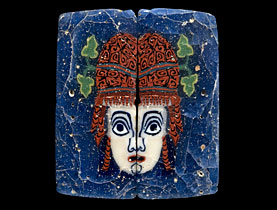
More
From cakes to mosaics
Their fortunes also depended on other factors, such as their central location, the decor and the service. Thus, the Café Suizo in Pamplona, opened by Francisco Matossi, Bernardo Fanconi and Company in 1844, was situated on the Plaza del Castillo at the heart of the Spanish city. It was also the first café in the capital of the Navarre region.
Fifty years later, in 1891, there were more than 50 Cafés Suizos in 34 Spanish cities. The one in Madrid, opened on the capital’s main thoroughfare in 1845 – also by the Matossi company – stood out for the luxury and elegance of its premises. It became one of the most frequented cafés in the Spanish capital and a meeting place for prominent personalities. It comprised several rooms, including one for playing billiards, one for reading newspapers and journals, and an exclusive lounge for ladies known as the Salon blanco.

Music gives way to debates
“As in Copenhagen and elsewhere in Europe, the Café Lardely in Pamplona, which was run by the Lardelli family, sought to keep pace with the new developments in society,” Semadeni wrote in The Five Forebears. In the 1920s, she recounts, it was frequented by the American writer Ernest Hemingway, who was a fan of the town’s bull run, which he described in his novel Fiesta. Patrons of the Café Lardely were delighted by the “sweet harmonies of a sonorous piano”, a local weekly wrote in 1860.
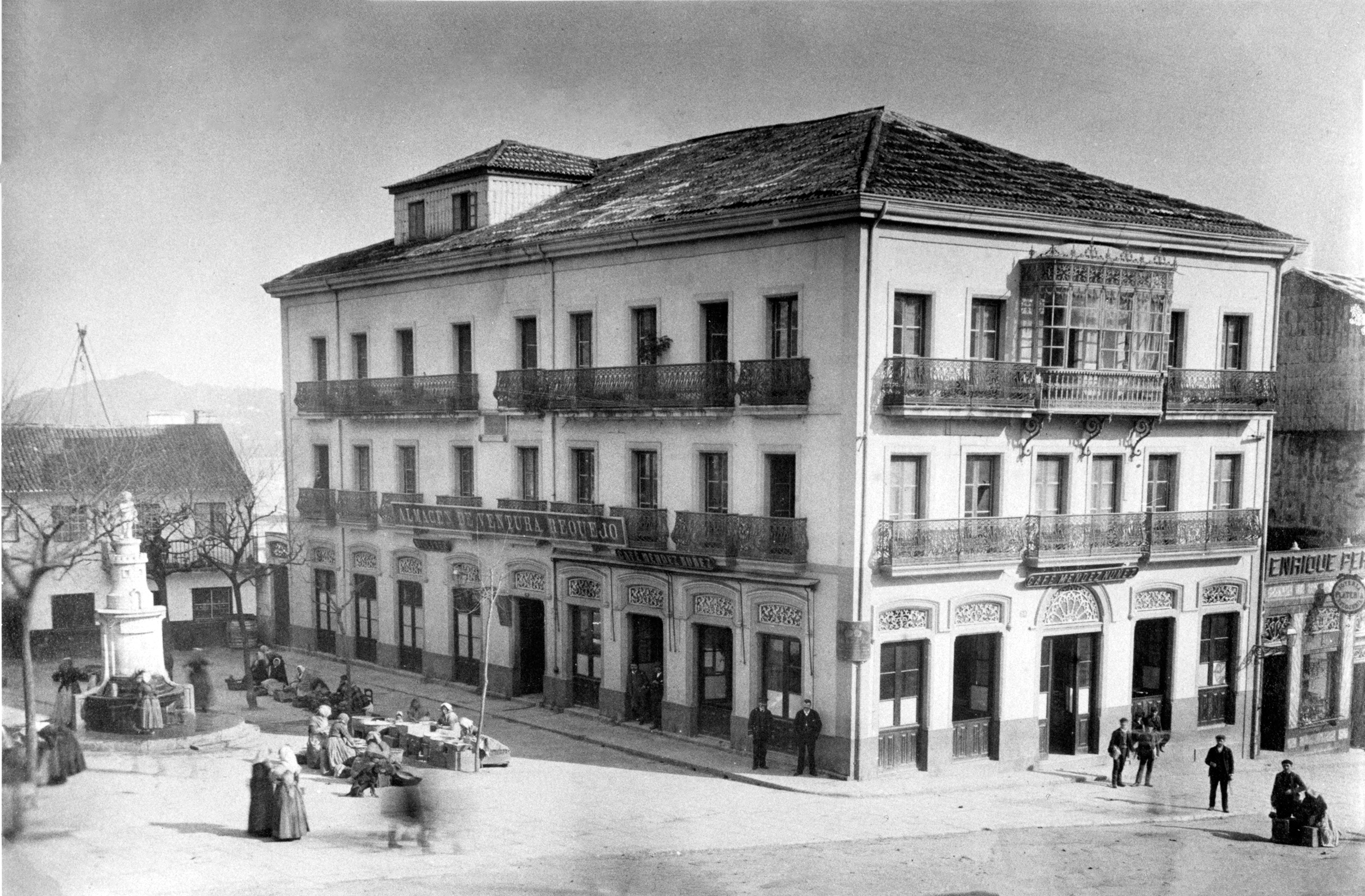
Similarly, at the Café Suizo in Vigo, also opened by two emigrants from Poschiavo, in 1897 a pianist performed works by Chopin, Mendelssohn and other composers every evening. Another illustrious writer and adventurer, Jules Vernes, spent his time reading the international press there while his ship was docked at the harbour in 1878.
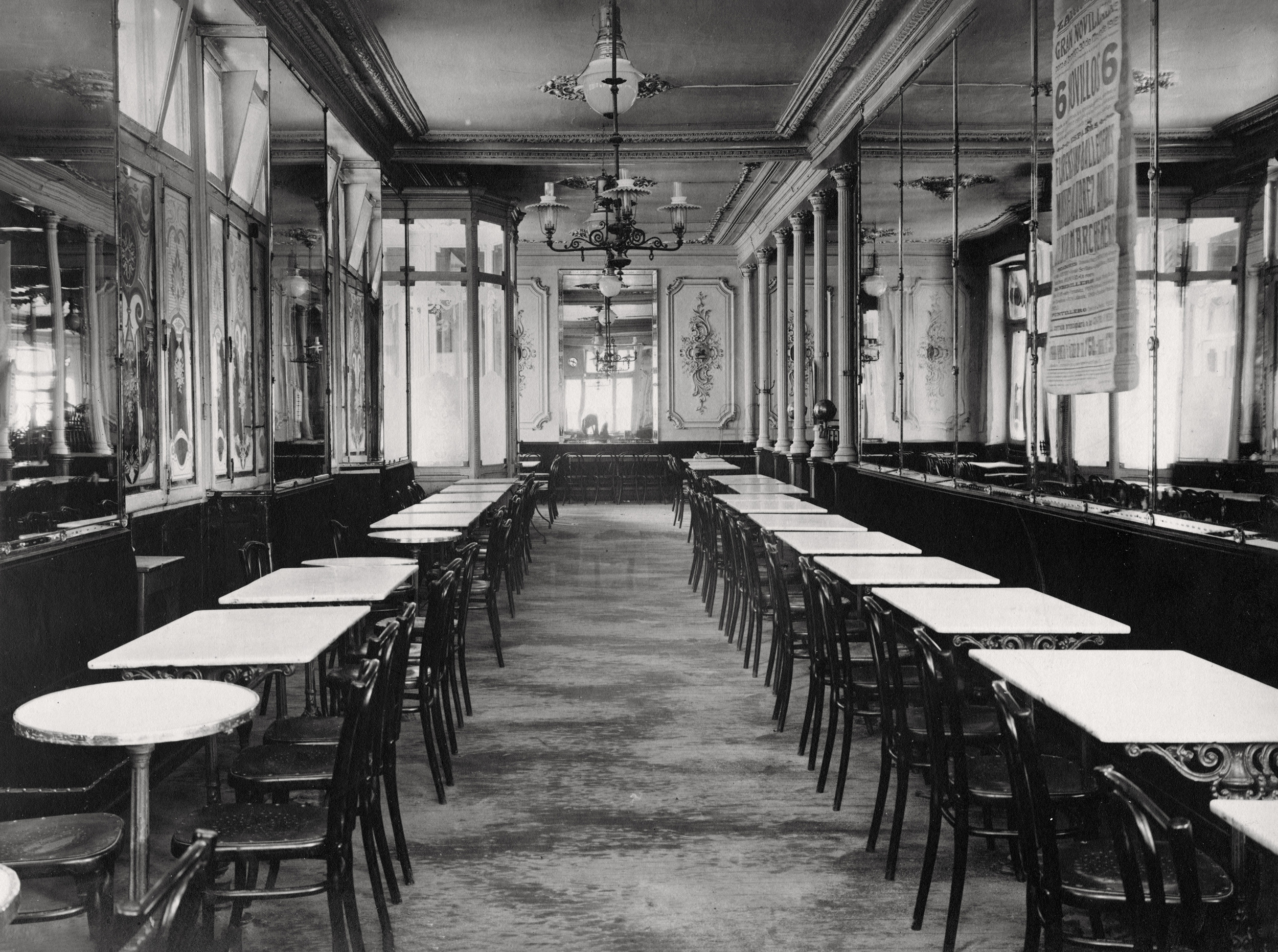
End of an era
As the years passed other venues, such as beer houses and music halls, began to offer musical entertainment. The Swiss cafés had to come up with new ideas in order to stand out and attract the local bourgeoisie, intellectuals and literati. “The Café Suizo in Madrid hosted regular informal gatherings, known as tertulias, where people met to discuss the literary and political issues of the day,” Semadeni explains, citing research by Spanish professor Mónica Vázquez Astorga. “The most prominent personalities of the time took part in these get-togethers, which could attract up to 500 participants.”
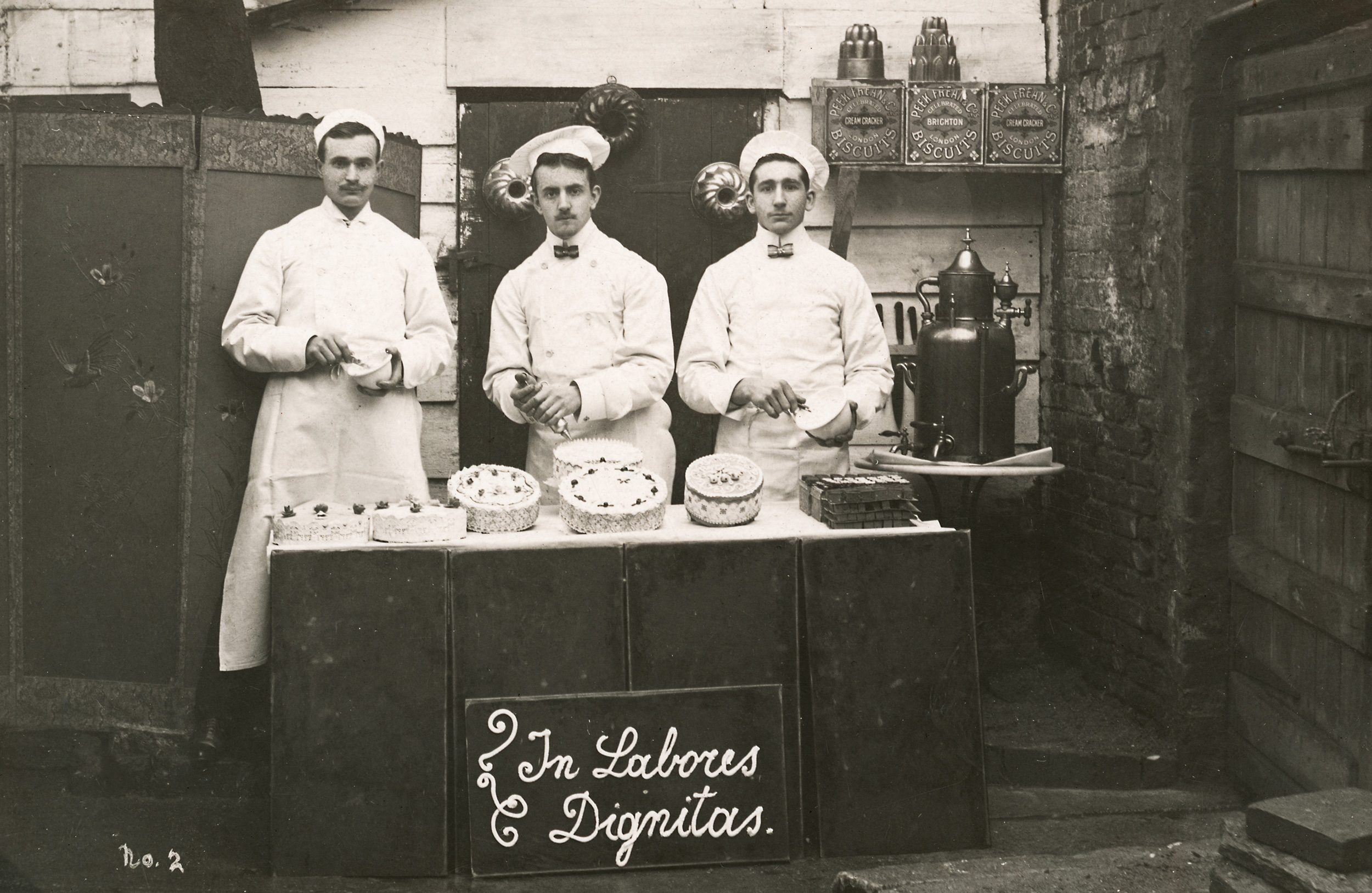
After refurbishment in 1884, the Madrid establishment, which was known as el café de la bohemia, comprised a huge, elegant lounge, furnished and decorated according to the latest fashions with red velvet sofas, large mirrors and a hundred marble tables.
Like many of its counterparts, the Café Suizo in Madrid closed its doors at the beginning of the 20th century. The newspaper El Liberal described the moment as follows in 1919: “The old establishment, once the most distinguished and aristocratic in Europe, had an air of deep melancholy which was reflected in particular in the mirrors hanging from the walls like huge silent tears.
The Suizo always remained the honest café of the upper middle class of Madrid.” International politics and upheaval – first the First World War, then the Russian Revolution and lastly the Spanish Civil War – spelled the end of the emigration of confectioners from Graubünden and of the Cafés Suizos and Swiss Cafés abroad. Thus ended an era that left a significant mark not only on the main cities of Europe, but also on the emigrants’ home valleys, not least Poschiavo.
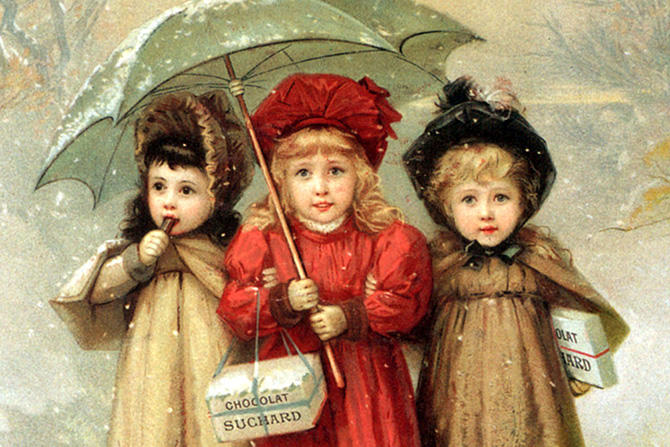
More
The pioneers of Switzerland’s ‘Chocolate Revolution’
Adapted from Italian by Julia Bassam/amva

In compliance with the JTI standards
More: SWI swissinfo.ch certified by the Journalism Trust Initiative










You can find an overview of ongoing debates with our journalists here . Please join us!
If you want to start a conversation about a topic raised in this article or want to report factual errors, email us at english@swissinfo.ch.